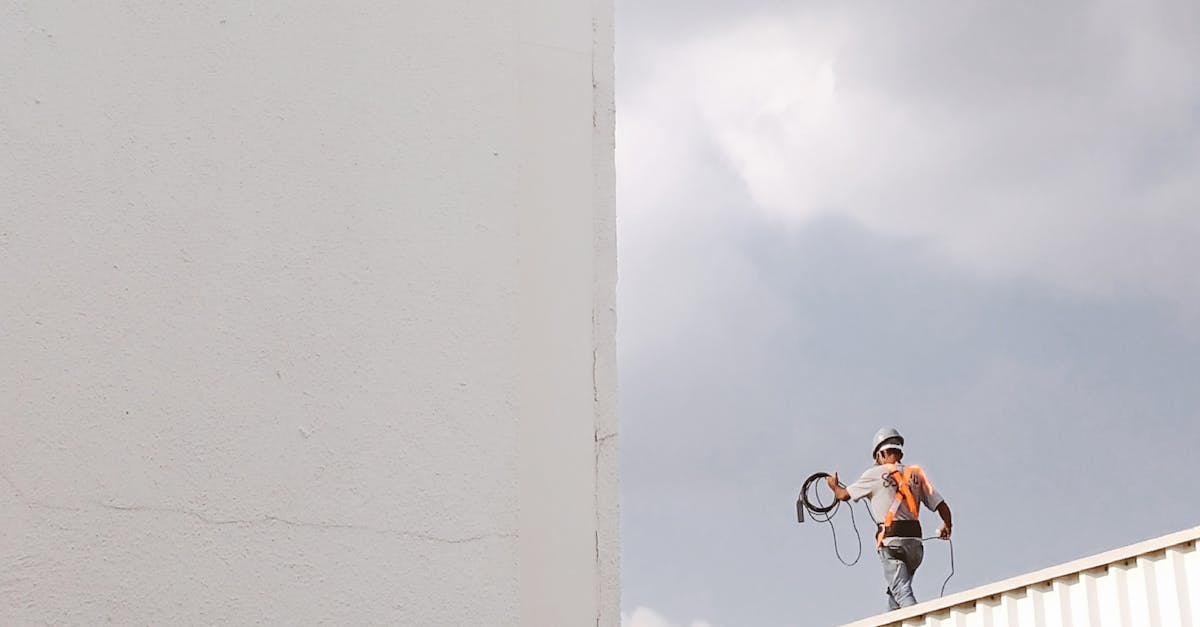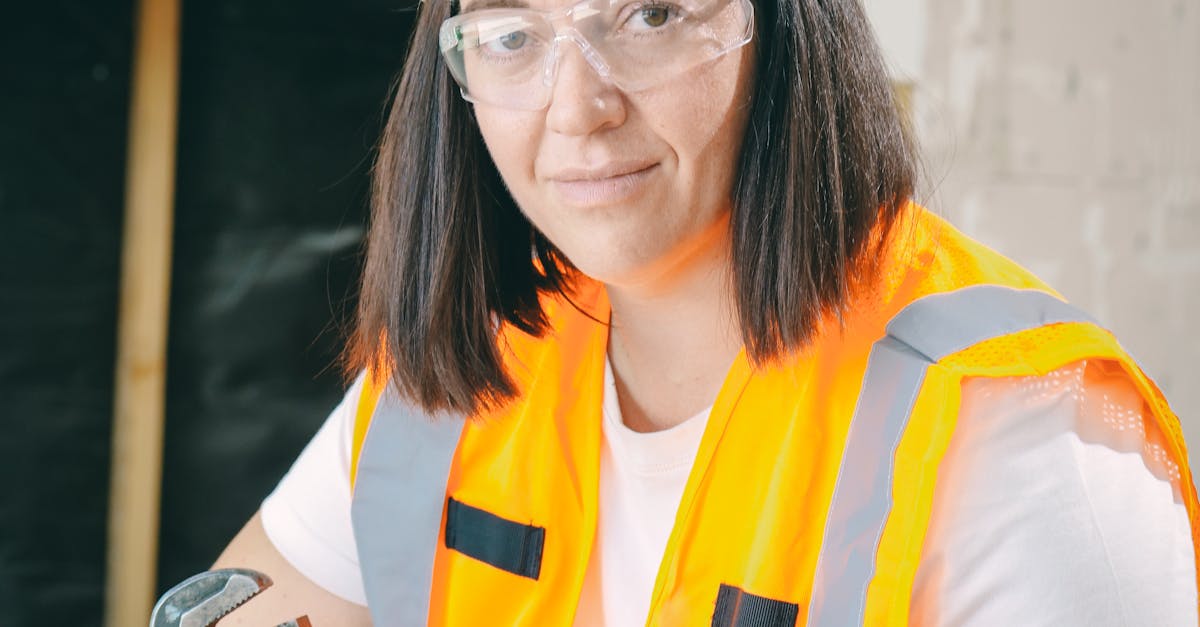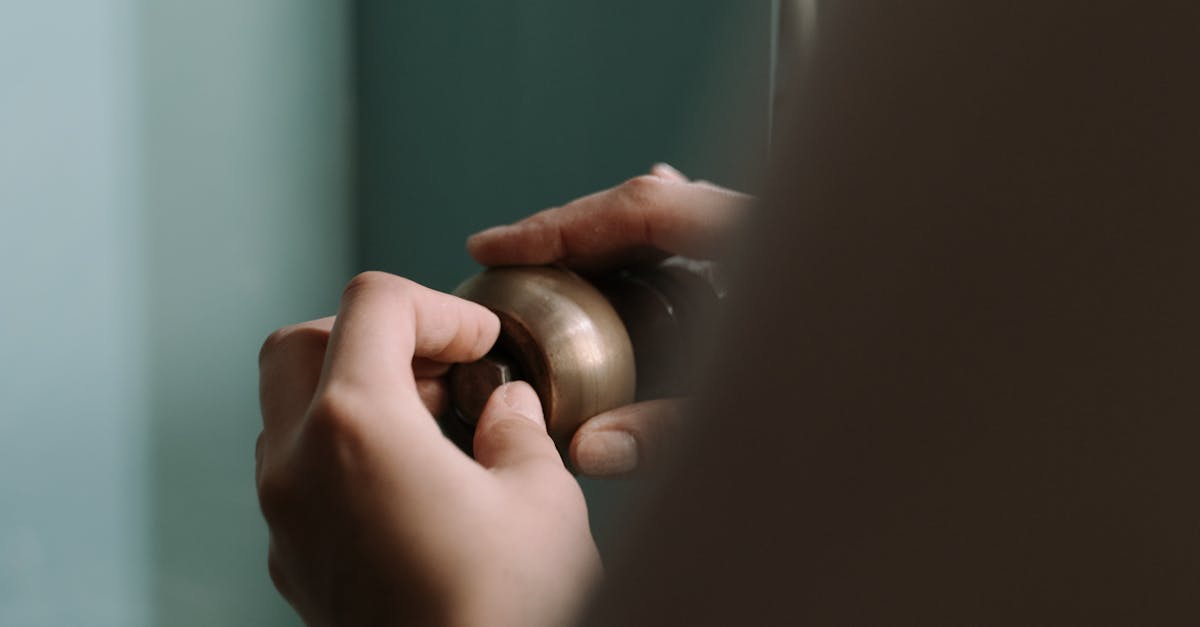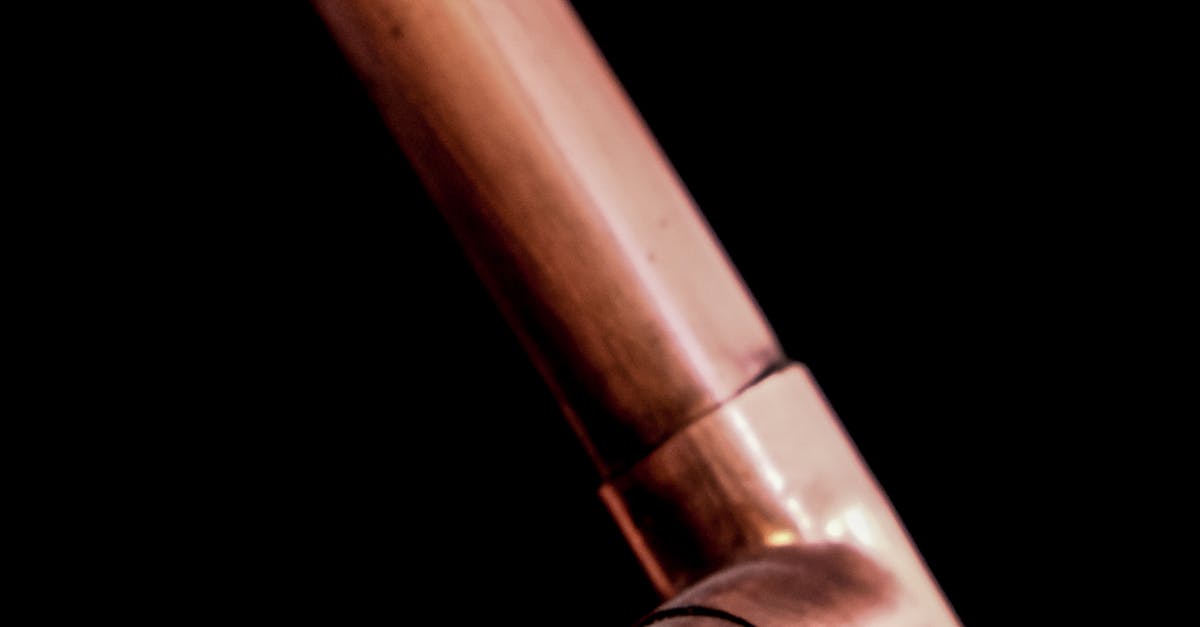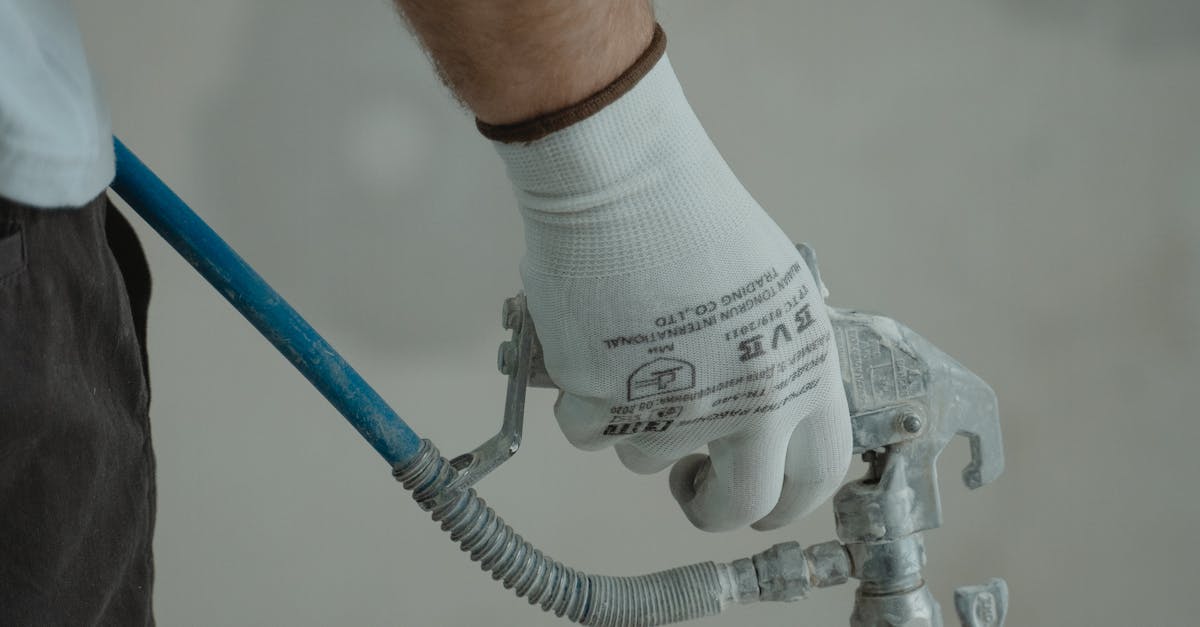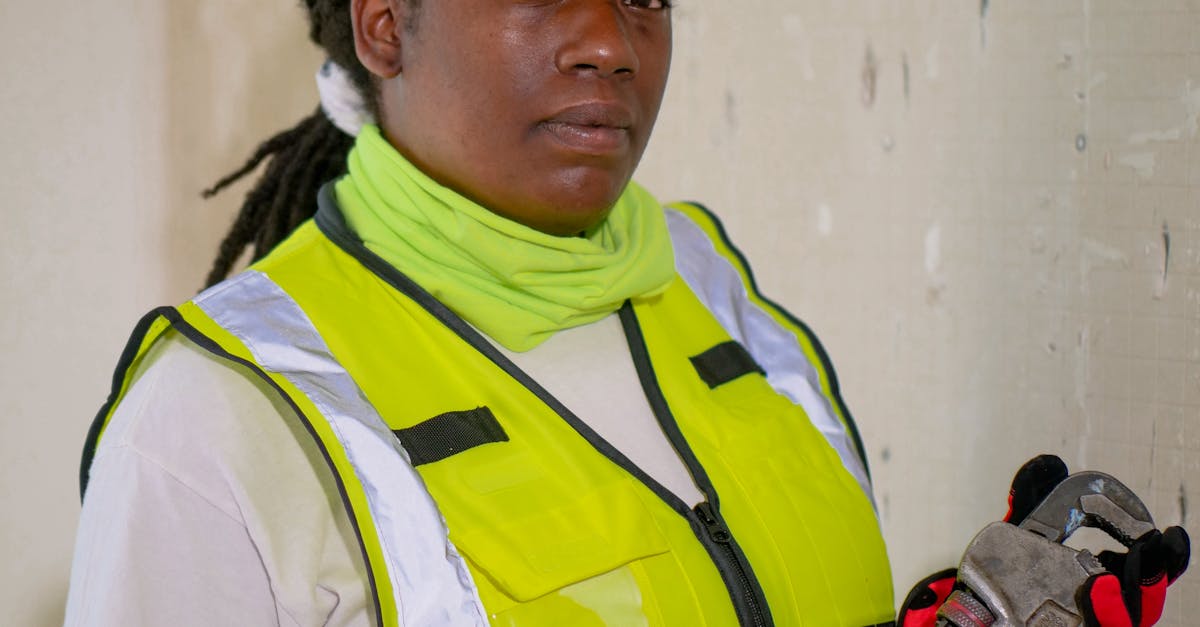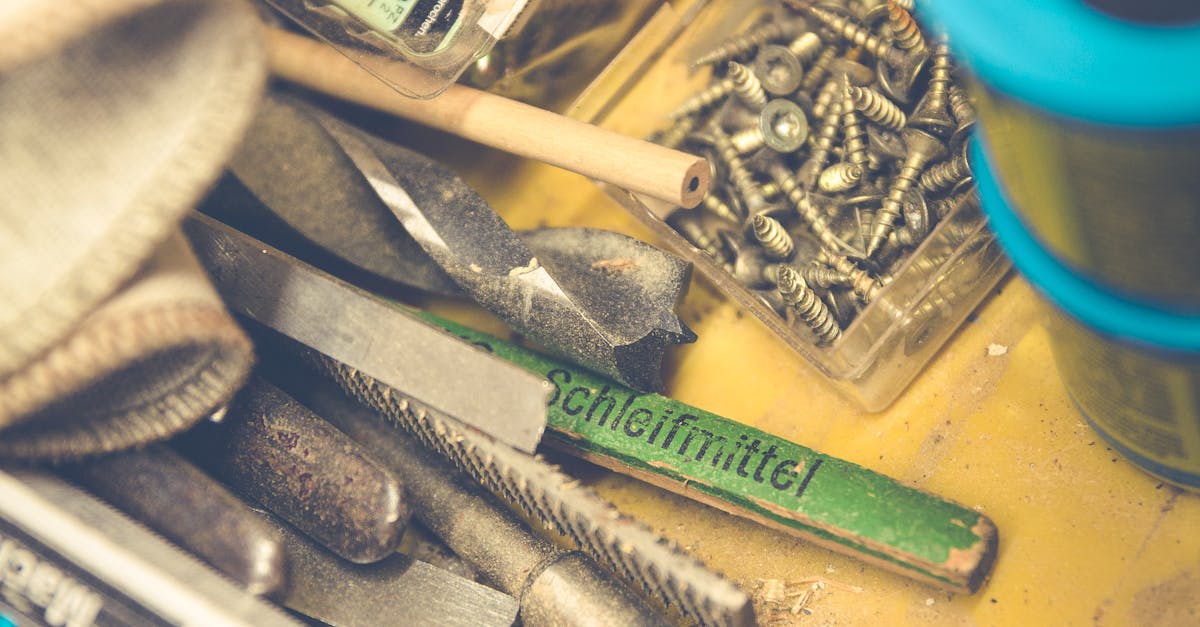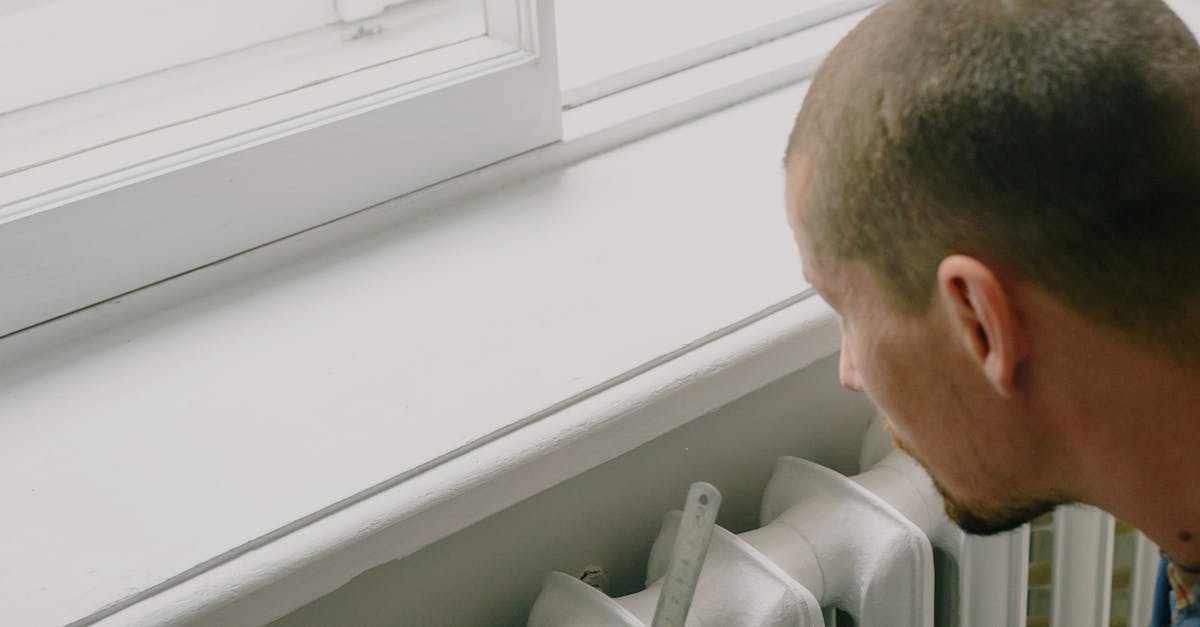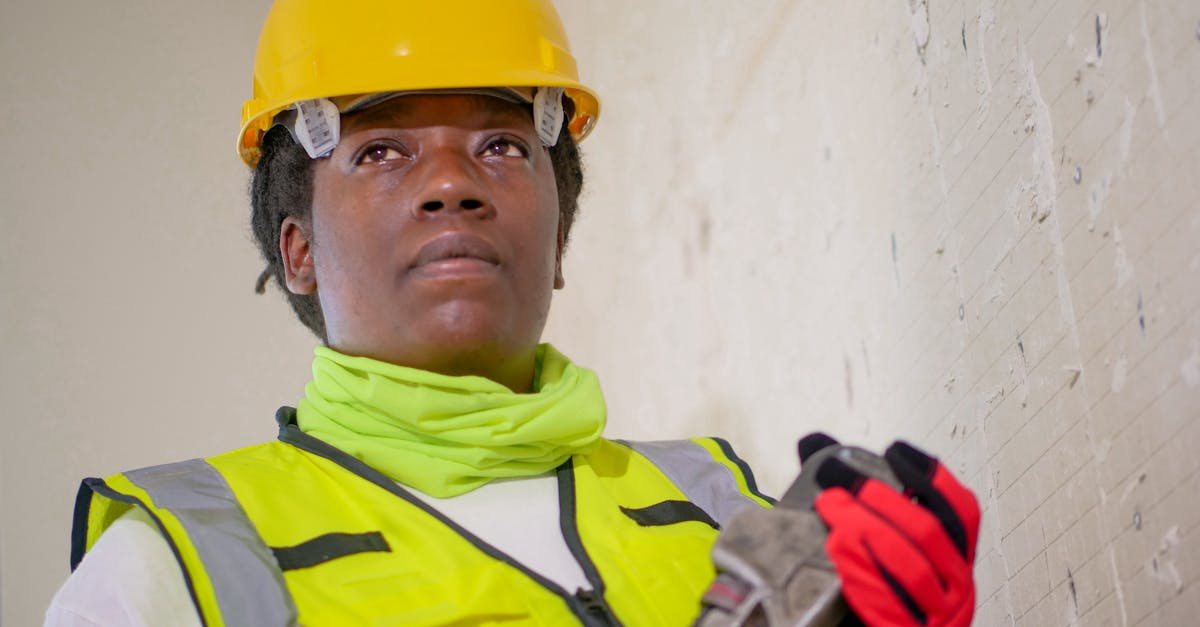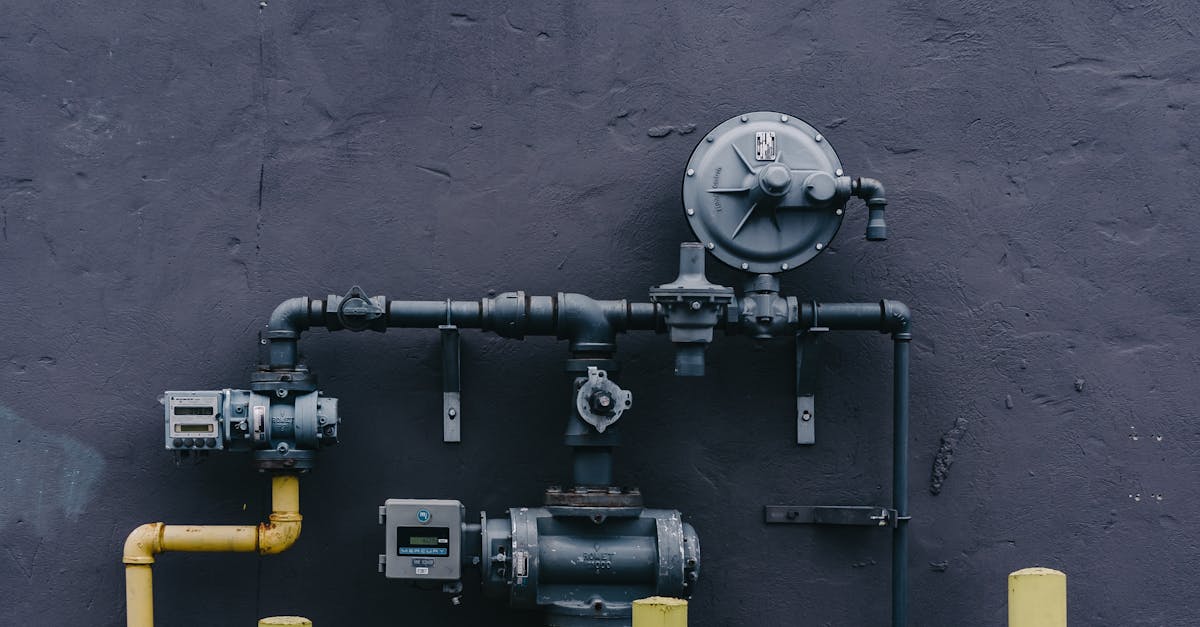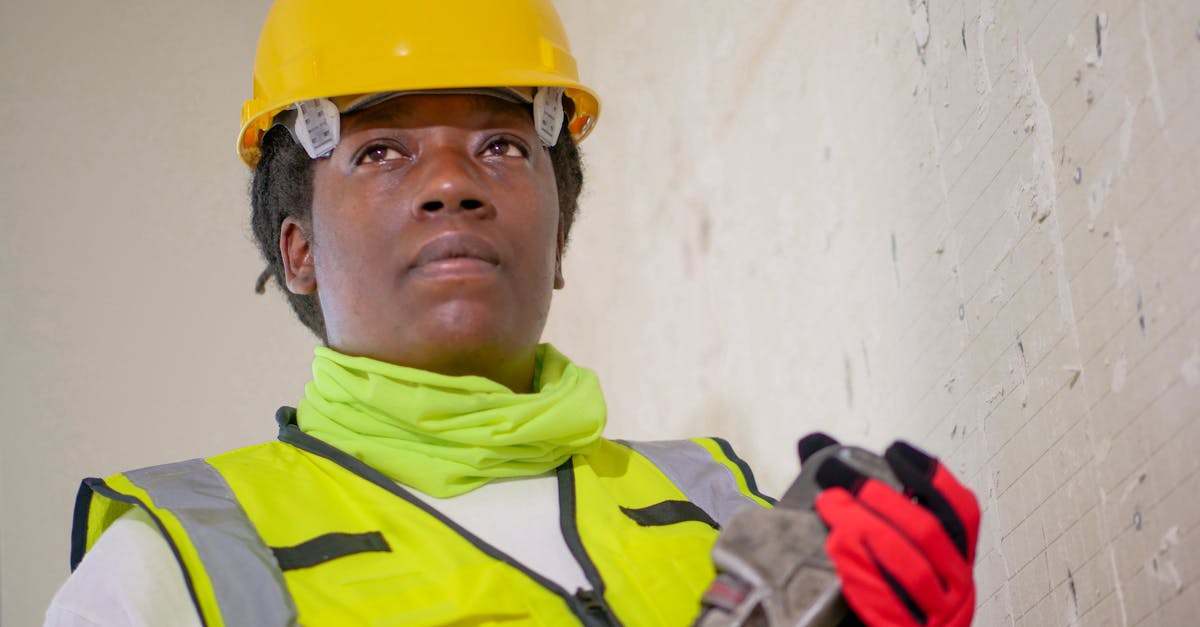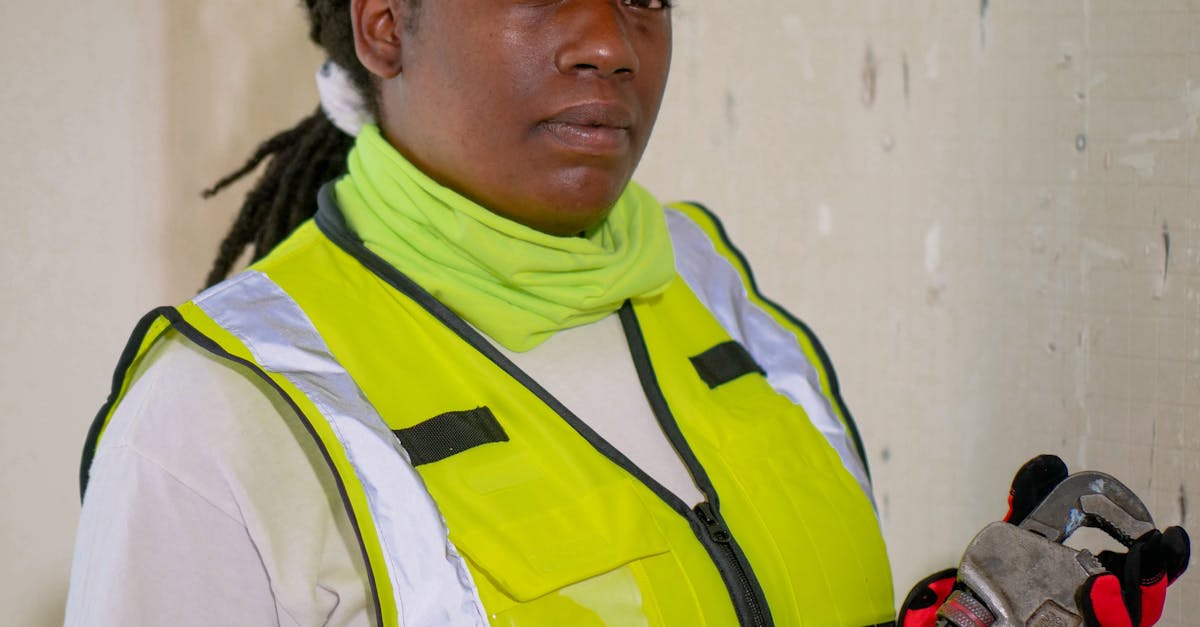
Table Of Contents
StepbyStep Guide to Replacing a Tap Washer
Replacing a tap washer is an uncomplicated task that can save you both water and money. Start by turning off the water supply to the tap to prevent any unwanted leaks while you work. Carefully remove the handle, typically achieved by locating the screw beneath the decorative cap or at the back of the faucet. Once the handle is off, you will access the cartridge or valve seat, which houses the washer.
Next, take out the old washer and examine its size and type to ensure a proper replacement. Many hardware stores carry a variety of washers, so finding the correct match should not be a problem. After replacing the washer, reassemble the faucet components in reverse order. Always check for leaks before restoring the water supply. If you encounter any difficulties, don't hesitate to contact Plumber Yagoona for expert assistance.
Detailed Instructions for a Successful Replacement
Start by ensuring you have all the necessary tools and materials. Gather a wrench, flat-head screwdriver, Phillips screwdriver, and the replacement washer. Turn off the water supply to the sink to prevent any spills. Remove the tap handle by loosening the screw found underneath or at the back. If the handle is stuck, gently wiggle it while pulling upward. Once removed, locate the retaining nut that holds the tap mechanism in place and use the wrench to loosen and remove it.
With the nut off, carefully pull out the tap component to expose the old washer. Take note of its size and configuration for a proper replacement. Remove the worn-out washer and clean any debris or mineral buildup from the area. Place the new washer snugly onto the valve, reassemble the tap, and ensure everything is tightened properly. Restore the water supply and check for leaks. If issues persist, it may be time to consult a professional like Plumber Yagoona for further assistance.
Hiring a Plumber vs. DIY Replacement
When considering whether to hire a plumber or tackle the tap washer replacement yourself, several factors come into play. Hiring a professional can bring peace of mind, as plumbers like Plumber Yagoona have the expertise to identify underlying issues. They can complete the job efficiently, ensuring that the repair meets industry standards. This option is particularly appealing for those who may not feel comfortable handling plumbing tasks on their own or are short on time.
On the other hand, a DIY replacement can save money and provide a sense of accomplishment once the task is completed successfully. With the right tools and a bit of research, many homeowners can effectively replace a tap washer without professional assistance. However, an inexperienced attempt might lead to further issues, such as leaks or additional repairs, which could outweigh the initial savings.
Pros and Cons of Each Approach
When considering whether to hire a plumber or tackle the tap washer replacement yourself, it’s essential to weigh the pros and cons. Hiring a professional, like Plumber Yagoona, guarantees expertise and reliability, ensuring that the job is done correctly the first time. This option saves time and reduces stress, especially for those unfamiliar with plumbing tasks. However, professional services usually come with a higher cost, which can be a deterrent for many homeowners.
On the other hand, a DIY approach can save money and provide a sense of satisfaction upon completion. With a little research and the right tools, anyone can replace a tap washer successfully. Yet, this method carries the risk of mistakes, which could lead to further plumbing issues or require a professional like Plumber Yagoona to correct any errors. Understanding one’s skill level and the complexity of the task can help in making the best decision for your situation.
LongTerm Savings from Replacing a Tap Washer
Addressing leaks promptly by replacing a tap washer can lead to significant long-term savings. Small leaks that may seem inconsequential can waste a remarkable amount of water over time, leading to increasing utility bills. By fixing these leaks early, homeowners can not only reduce their water consumption but also prevent potential damage to their plumbing system.
In addition to the immediate financial benefits, replacing a tap washer can extend the lifespan of your fixtures. When you address wear and tear before it becomes a more serious issue, you lessen the risk of needing costly repairs or replacements. A professional plumber, like Plumber Yagoona, can help ensure that the job is done correctly, maximizing the durability of your plumbing while preserving your overall budget.
Benefits of Addressing Leaks Promptly
Addressing leaks promptly can lead to significant savings on water bills. Even a small drip from a tap can waste gallons of water over time, escalating costs and impacting the environment. By replacing a worn tap washer quickly, homeowners can prevent these unnecessary expenses and contribute to water conservation efforts. A simple fix not only benefits the wallet but also helps ensure sustainable water usage.
Involving a professional like Plumber Yagoona can streamline the repair process and guarantee that the issue is resolved effectively. Timely intervention reduces the risk of more extensive damage that could result from persistent leaks. By acting swiftly, homeowners avoid complications such as mold growth or damage to cabinetry, ultimately protecting their investment in the property.
FAQS
What is a tap washer, and why would I need to replace it?
A tap washer is a small rubber or silicone component inside a faucet that helps create a watertight seal. Over time, it can wear out or become damaged, leading to leaks or drips. Replacing it helps restore the faucet's functionality and prevent water waste.
How much does it typically cost to replace a tap washer?
The cost to replace a tap washer can vary, but generally, it ranges from $5 to $15 for the washer itself. If you hire a plumber, the total cost may increase to between $50 and $150, factoring in labor and any additional parts required.
Can I replace a tap washer myself, or should I hire a plumber?
Replacing a tap washer can be a straightforward DIY task if you have basic plumbing skills and the right tools. However, hiring a plumber is advisable if you're unsure about the process, have a complex plumbing system, or would prefer a professional touch.
What tools do I need to replace a tap washer?
To replace a tap washer, you'll typically need a wrench, screwdrivers, a basin wrench (for hard-to-reach areas), and possibly plumber's tape or lubricant. Having a replacement washer on hand is also essential.
What are the long-term benefits of replacing a tap washer promptly?
Addressing leaks promptly by replacing a tap washer can lead to significant long-term savings on your water bill, prevent further plumbing damage, and contribute to a more eco-friendly household by conserving water.

